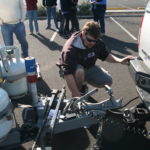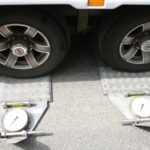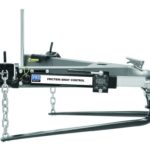I don’t need a Weight Distribution Hitch
Want to start a roaring arguement? Post a question online about whether or not you should fit a weight distribution hitch to your rig and grab the popcorn.
Personally I do not understand why so many people out there are so opposed to fitting them. They are an essential safety device that improves the drivability and stability of any rig. They also take a lot of the bounce out of the back end of the tow vehicle making the ride more comfortable.
The other thing to consider is the sheer amount of weight you're expecting your rear suspension to handle with a heavy caravan in tow. In addition to what ever load is in the back, you have now added anything up to 350kgs on the towball as well. A WDH can redistribute that load across the rest of the car and back to the front axles, lessening the work the rear suspension has to do and improving its longevity.
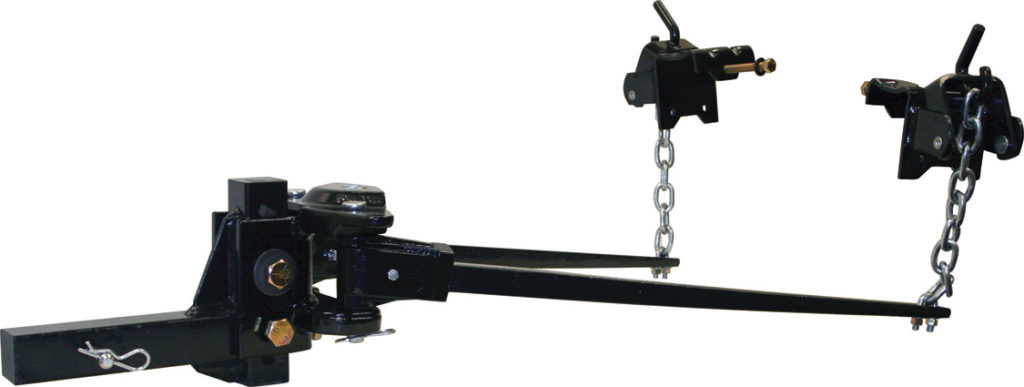
At the end of the day, there is no real simple answer as the number of possible variations and combinations of tow vehicles and trailers is virtually endless. If you consider nothing else, and if your vehicle is sitting low at the back with your trailer hooked up (see diagram below), a weight distribution hitch may be required. Reorganising your load to better distribute the weight may also be necessary.
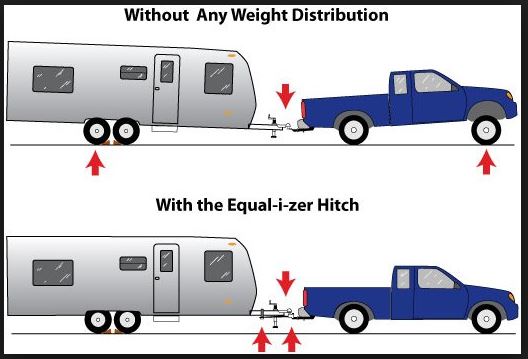
The manufacturers of many tow vehicles do not recommend that owners use a weight distribution hitch with some of their vehicles. These are generally vehicles with automatic levelling suspension such as air bags or pressurised hydraulic dampeners. In the case of the current Land Rover Discovery, I understand the configuration of the hitch itself prevents fitting a weight distribution device. In any case, these vehicles will likely have recommended tow ball weights for a given weight of trailer. While I would never advocate for anyone to do something that may void their warranty or compromise the operation of their vehicle, if you have a setup that looks like the first one in the above diagram, there's a good chance it's not safe.
The subject of towing stability is a complex one and if you are really interested in learning more about it, we have a more detailed article you can read. It explains in simple terms the effects of varying wieghts, tow ball masses and load positioning and how they influence your towing rig and how stable it is (or isn't...!)
In the meantime, our suggestion is that if you have a towball weight in the 130kg to 350kg range, and your vehicle manufacturer allows it, then you really should consider fitting a weight distribution hitch. If you have any doubts, the best thing to do is to discuss the option with your vehicle service agent or talk to an authorised fitter for weight distribution devices such as Hayman Reece.
One thing to keep in mind. If you are contemplating going off road, it may be prudent to remove the weight distribution hitch especially when traversing steep river crossings or gullies as the extreme angles can place enormous strain on the hitch and cause serious damage to your trailer or your 4WD.


